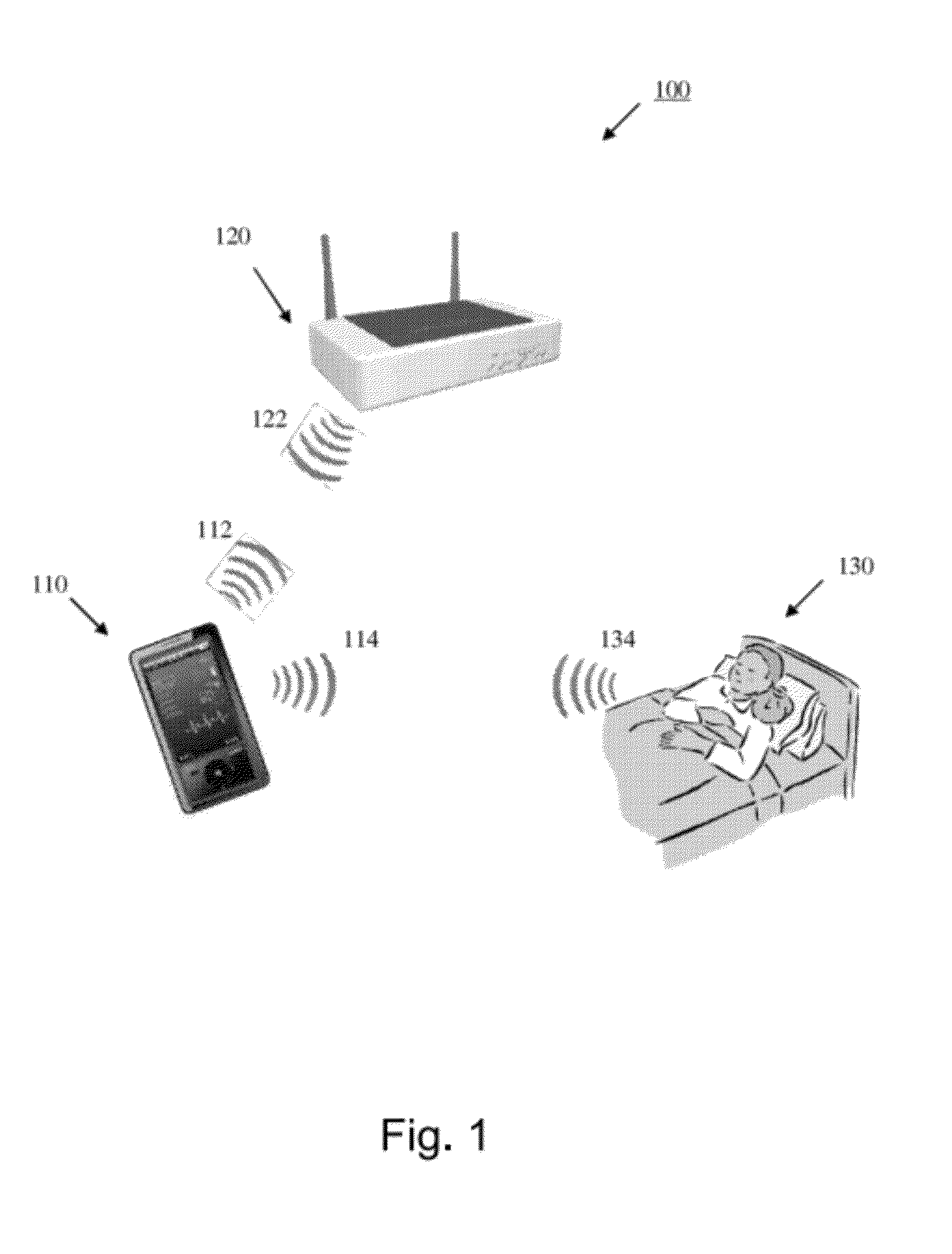Wireless physiology monitor
- Summary
- Abstract
- Description
- Claims
- Application Information
AI Technical Summary
Benefits of technology
Problems solved by technology
Method used
Image
Examples
Embodiment Construction
[0038]Further features and advantages of the invention, as well as the structure and operation of various embodiments of the invention, are described in detail below with reference to the accompanying FIGS. 1-24, wherein like reference numerals refer to like elements. Although the embodiments of the invention are described in the context of a radio frequency (RF) modulated carrier, such as any one of the family of IEEE 802.11(x) protocols (more commonly referred to as WiFi), one of ordinary skill in the art readily appreciates that any type of modulated communication signal can be implemented for the investigation of physiological functions within a patient. For example, the inventive concepts described herein may be implemented using any modulated or wireless communications protocol such as, but not limited to Bluetooth, WiMax (Worldwide Interoperability for Microwave Access), CDMA (Code Division Multiple Access), GSM (Global System for Mobile Communication), and 3GPP LTE (Long Ter...
PUM
 Login to View More
Login to View More Abstract
Description
Claims
Application Information
 Login to View More
Login to View More - R&D
- Intellectual Property
- Life Sciences
- Materials
- Tech Scout
- Unparalleled Data Quality
- Higher Quality Content
- 60% Fewer Hallucinations
Browse by: Latest US Patents, China's latest patents, Technical Efficacy Thesaurus, Application Domain, Technology Topic, Popular Technical Reports.
© 2025 PatSnap. All rights reserved.Legal|Privacy policy|Modern Slavery Act Transparency Statement|Sitemap|About US| Contact US: help@patsnap.com



